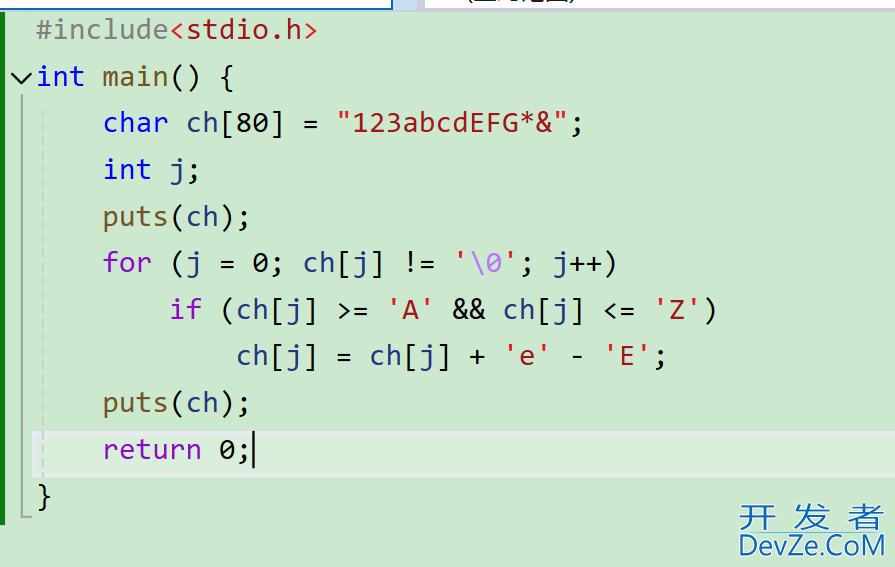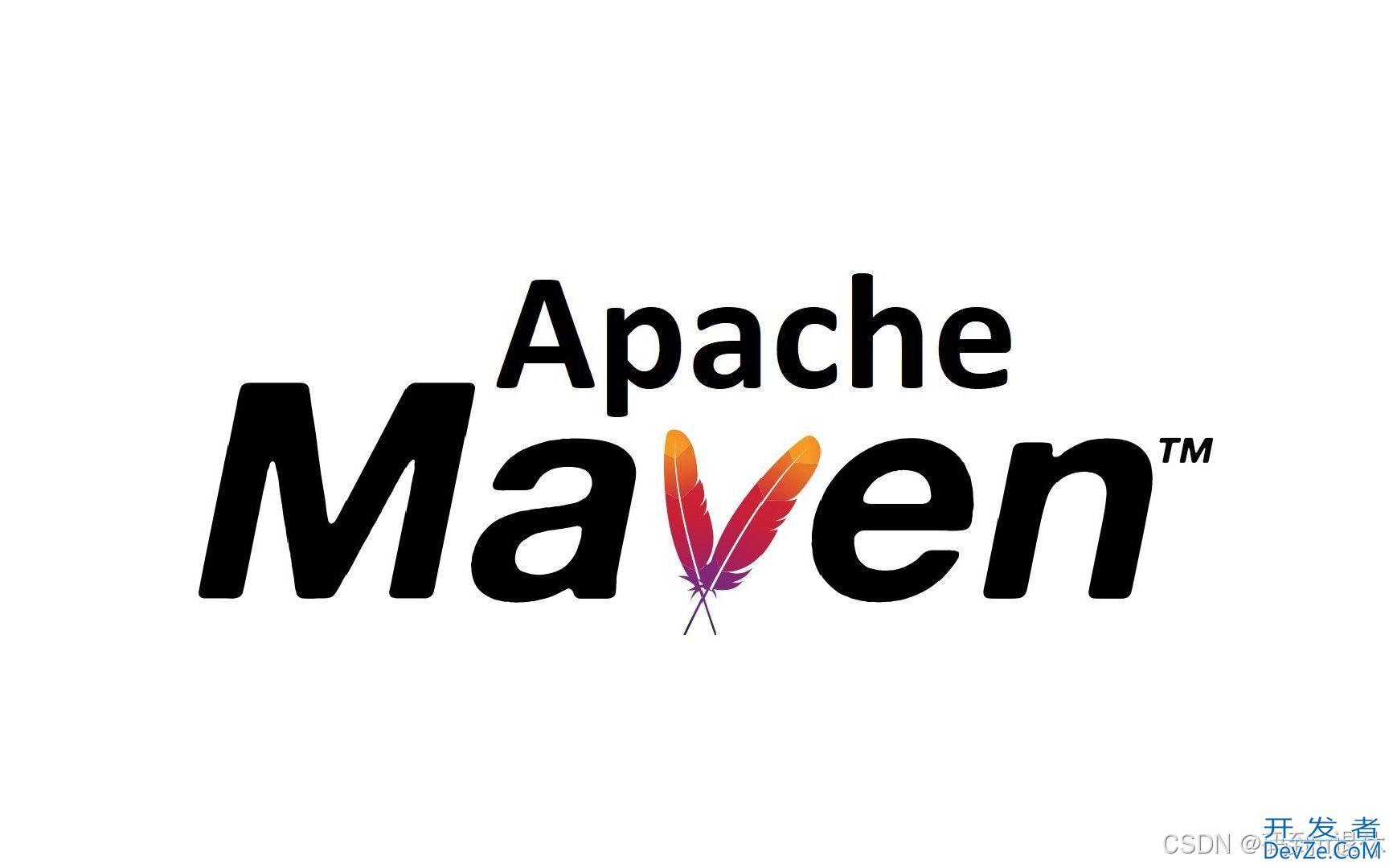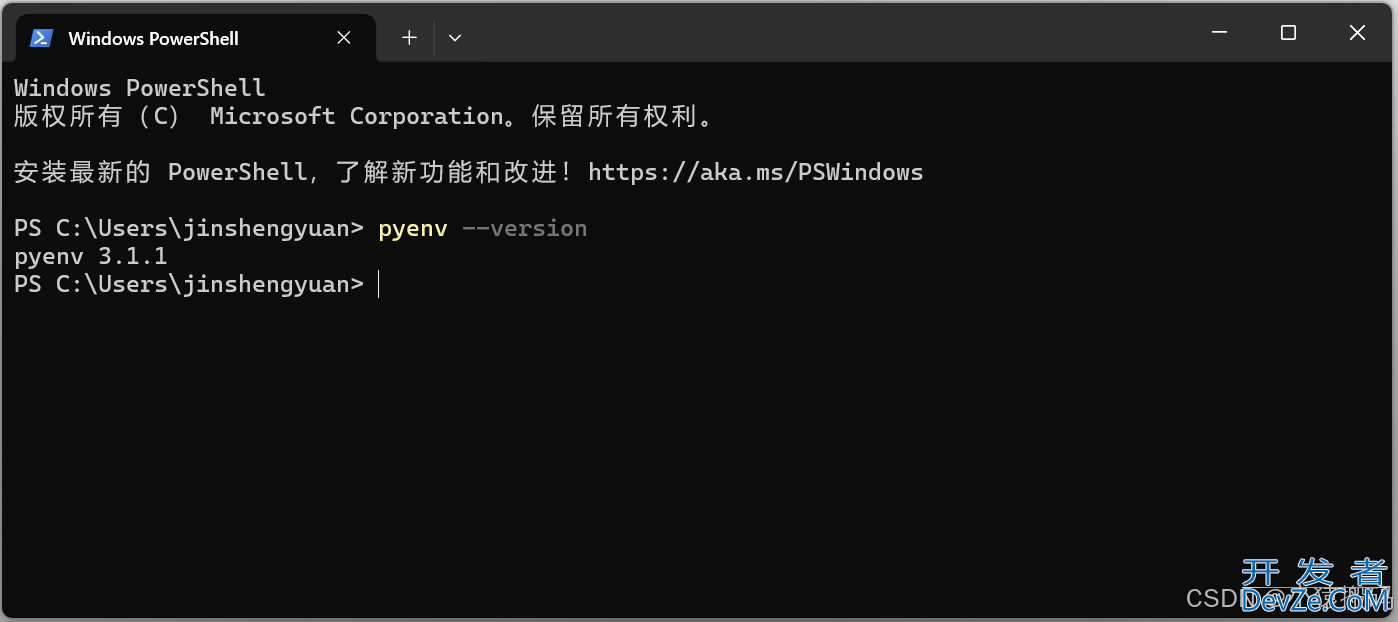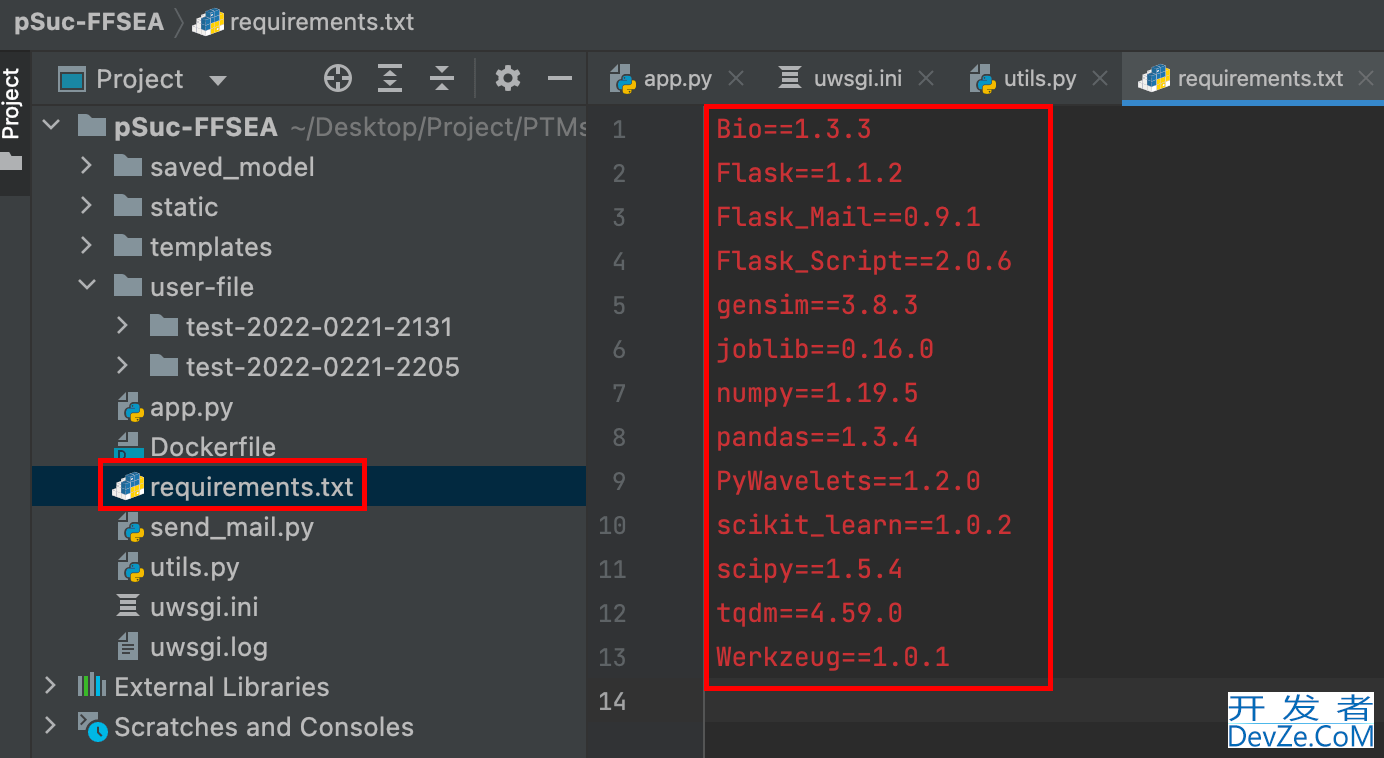目录
- 引言
- Build Time vs Run Time
- Native Image Heap
- 静态分析
引言
native image是GraalVM中提供的一个命令,可以把字节码文件或Jar包编译成为一个二进制可执行文件,同时它自己也是用Java语言开发的(实现了Java的语言自举)。
Build Time vs Run Time
native image在编译时,可能会执行类中的某些代码,比如给类中的static属性赋值(正常来说应该时运行时才去赋值的,现在是编译时可能就被赋值了,这里说的编译不是javac)。
通常,在Java中,一个类在第一次被使用时才会进行初始化,但是我们使用native image时就有可能直接进行类的初始化,我们把这个机制叫做build-time initialized,而二进制可执行文件在运行时,即便是第一次使用这个类时也都不会触发类的初始化了。
默认情况下native image是不会执行编译期类初始化的,我们可以通过两种方式来在编译时触发类的初始化:
- 在执行
native-image时传入--initialize-at-build-time=<class> - 在一个能编译时初始化的类中去使用其他的类
native image会把常用的JDK中的类在编译时进行初始化,比如java.lang.String,java.util.**,等等。
编译期类的初始化是一个专业特征,并不是所有类都适合。
请看下面的Demo加深理解:
public class HelloWorld {
static class Greeter {
static {
System.out.println("Greeter is getting ready!");
}
public static void greet() {
System.out.println("Hello, World!");
}
}
public static void main(String[] args) {
Greeter.greet();
}
}
使用Java原本的方式编译并运行:
javac HelloWorld.java java HelloWorld Greeter is getting ready! Hello, World!
然后,我们把它编译为一个本地可执行文件,然后执行这个文件:
native-image HelloWorld =============================================================== GraalVM Native Image: Generating 'helloworld' (executable)... ================================================================ ... Finished generating 'helloworld' in 14.9s.
./helloworld Greeter is gejavascripttting ready! Hello, World!
我们发现,上述两个过程都是在运行时才会对HelloWorld类进行初始化,所以默认情况下不会进行类的初始化。
我们通过添加--initialize-at-build-time=HelloWorld\$Greeter来看看编译期类初始化是怎样的:
native-image HelloWorld --initialize-at-build-time=HelloWorld\$Greeter ==========php=================================================http://www.devze.com=========== GraalVM Native Image: Generating 'helloworld' (executable)... ====================================================================== Greeter is getting ready! ... Finished generating 'helloworld' in 13.6s.
./helloworld Hello, World!
我们发现Greeter is getting ready!是在编译时打印出来的,而真正在运行时由于HelloWorld类已经被初始化了,所以就没有再初始化了。而在编译时类初始化过程中被赋值的静态属性,会保存在二进制可执行文件中的image heap中。
Native Image Heap
Native Image heap也可以叫做image heap,它包含了:
- 在编译时创建出来的对象
- 在二进制文件中使用到的类对象(Class对象)
- 嵌入在方法中的对象常量
可以通过编译时类初始化把一个对象放入image heap中:
class Example {
private static final String message;
static {
message = System.getProperty("message");
}
public static void main(String[] args) {
System.out.println("Hello, World! My message is: " + message);
}
}
正常用java运行:
javac Example.java java -Dmessage=hi Example Hello, World! My message is: hi js
java -Dmessage=hello Example Hello, World! My message is: hello
java Example Hello, World! My message is: null
而如果使用编译期类初始化:
native-image Example --initialize-at-build-time=Example -Dmessage=native ======================================================================== GraalVM Native Image: Generating 'example' (executable)... ======================================================================== ... Finished generating 'example' in 19.0s.
./example Hello, World! My message i开发者_JAVA学习s: native
./example -Dmessage=aNewMessage Hello, World! My message is: native
Example类的初始化在编译期被执行了,并且会创建一个String对象赋值给message属性,并且把它存进了image heap中,运行的时候就直接从image heap中拿出来用了,忽略了运行时指定的-Dmessage
静态分析
native image在执行时,会先进行静态分析,静态分析会扫描出当前应用程序中真正用到了哪些类、方法、属性(其实通常我们一个应用中很多类,特别是依赖的第三方Jar包中的类,是没有被应用程序使用的),这些元素称之为reachable code。
静态分析包含两个部分:
- 扫描一个方法的字节码(比如main方法),找到它可达的其他元素
- 从native image heap中的对象开始扫描,找到其他可达的元素
只有可达元素才能包含到二进制可执行文件中,一个二进js制可执行文件编译出来后,运行过程中就不能再有新元素被添加进去了,比如动态类加载,我们把这个叫做closed-world。
官网原文 https://www.graalvm.org/latest/reference-manual/native-image/basics/
以上就是GraalVM系列Native Image Basics静态分析的详细内容,更多关于GraalVM Native Image Basics的资料请关注我们其它相关文章!








 加载中,请稍侯......
加载中,请稍侯......
精彩评论